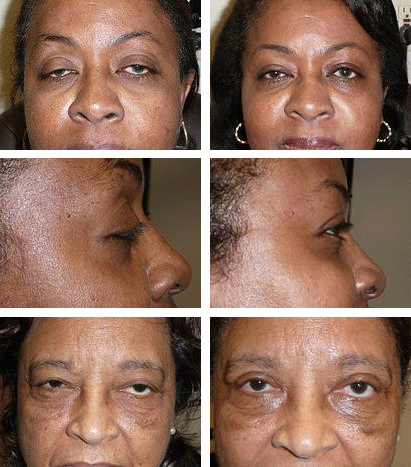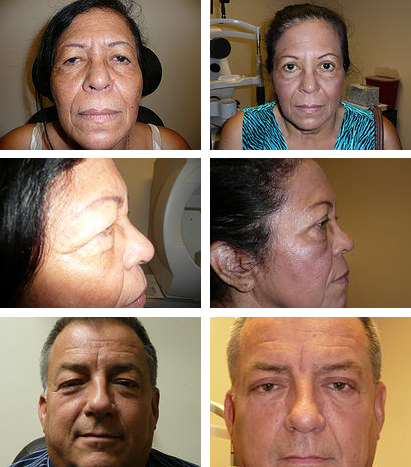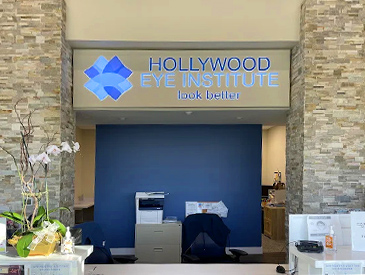Whether you are concerned about drooping eyelids, a growth on your eyelid, or are interested in improving the appearance of your face, Dr. Shareen Greenbaum has extensive training and experience in all aspects of eyelid surgery. Scroll down for more information and to see before and after photographs. Schedule an eyelid surgery consultation today.

Droopy Eyelids
Ptosis repair is a surgery which corrects drooping of the eyelid. This procedure raises the eyelid by adjusting the connection between the eyelid and the muscle that lifts it. People with ptosis complain of obstructed or hooded vision, or fatigue in their eyelids. Ptosis repair is usually performed under local anesthesia with sedation.
An incision is made either in the eyelid skin crease or the undersurface of the eyelid, depending on the type and degree of ptosis. Through this incision, the levator muscle is reattached to the eyelid. In most patients the surgery simply recreates the same connection that used to exist before gravity and age stretched it. Depending on the incision, stitches may need to be removed after surgery. After ptosis repair patients report more open vision and a more alert appearance. Ptosis repair is usually covered by insurance because the eyelids are directly obstructing vision.

Eyelid Bags (Blepharoplasty)
Blepharoplasty is a type of eyelid surgery which removes excess skin and fat from the upper and/or lower eyelids, a condition called dermatochalasis. Patients with mild dermatochalasis complain that their eyelid skin folds make their eyes look tired or smaller, or interfere with eyelid makeup. In severe cases, dermatochalasis will hang over the eyelashes and cause a “hood” over a patient’s vision. By eliminating heavy folds of skin and fat, blepharoplasty makes eyelids lighter and more visible, and opens up vision.
Blepharoplasty is performed under local anesthesia (numbing injections in the eyelid) with IV sedation. A thin incision is created in the skin and excess skin and bulging fat are removed. The incision is hidden in the eyelid skin crease and after once the healing process is complete the eyelids have an entirely natural appearance. Blepharoplasty may be covered by insurance if the skin folds are causing direct obstruction of central vision.
Eyelid Tumors
An unusual growth on the eyelid can be anything from a benign skin tag to a malignant cancer. The most common cancers of the eyelid include basal cell carcinoma, squamous cell carcinoma and melanoma. These lesions generally grow slowly. They do not usually metastasize but may locally invade surrounding structures and thus cause significant destruction of normal eyelid architecture. Any suspicious eyelid lesion should be biopsied. At the Hollywood Eye Institute we have all of the necessary equipment to perform eyelid and skin biopsies. If the lesion is malignant, we will schedule a more extensive surgery involving the removal of the entire malignancy and reconstruction of the eyelid.
Eyelid Malpositions
The eyelids can be malpositioned for a variety of reasons but the most common cause is aging. A malpositioned eyelid not only looks aesthetically unappealing, but more importantly may cause severe irritation, burning, tearing and decreased vision.
The eyelid may be turned out (ectropion) or turned inward (entropion). Depending on the cause, the surgical correction varies. If the malposition is secondary to aging, the outer aspect of the lower eyelid is tightened and repositioned. The procedure to correct malposition is performed in an outpatient surgical center.





